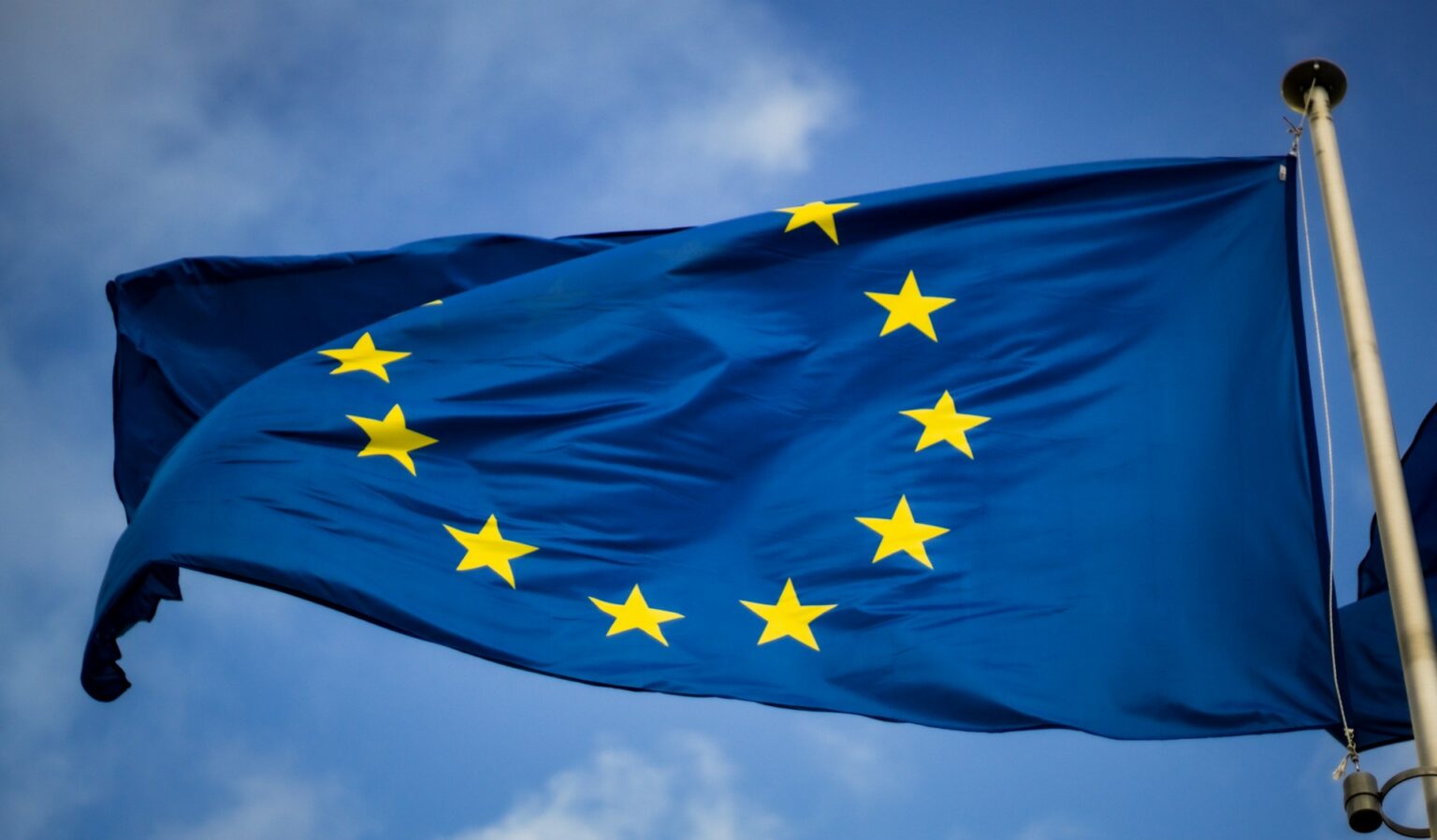In the rapidly evolving world of finance and regulation, the European Union (EU) is taking bold steps to enhance the cohesiveness of its capital markets, focusing particularly on the burgeoning cryptocurrency sector. As digital currencies gain widespread adoption, the EU seeks to centralize regulatory oversight, aiming for a more unified and competitive financial landscape. This initiative stems from a desire to eliminate market fragmentation and foster a robust single market for capital within Europe. The following details outline the strategic moves by the EU and the implications for the crypto industry.
EU’s Ambitious Plan for Centralized Crypto Oversight
The EU is reportedly working on transferring oversight of key financial markets, including the crypto sector, to a centralized body. This change is spearheaded by the European Securities and Markets Authority (ESMA), which aims to take over duties from national regulators. Verena Ross, ESMA’s chairperson, recently discussed with the Financial Times how this shift could help build a more integrated and globally competitive European capital market. The European Commission is crafting regulations that would empower ESMA to supervise significant cross-border entities, including those in the crypto space.
ESMA’s expanded role would necessitate adjustments in its governance and decision-making frameworks. This move is part of the EU’s efforts to streamline regulatory processes, making them more efficient and cohesive across member states. By centralizing oversight, ESMA could reduce the need for redundant resource allocation among the 27 national authorities, thus achieving operational efficiencies.
Resistance to Centralized Oversight
The proposal to make ESMA the main supervisory agency for Crypto Asset Service Providers (CASP) has encountered resistance. Smaller EU nations like Luxembourg, Ireland, and Malta have expressed concerns about the centralized approach, fearing it could negatively impact their financial sectors. These countries worry about ESMA’s capacity to manage the rapidly-growing crypto market effectively.
Despite these challenges, ESMA continues to advocate for a unified supervision model, citing inefficiencies in the current fragmented system. Recently, ESMA highlighted deficiencies in Malta’s licensing process for crypto firms, noting that some risk areas were not adequately addressed. Such concerns underline the necessity for a consistent regulatory framework across the EU to ensure comprehensive oversight.
Potential Benefits of a Unified Regulator
Transforming ESMA into a central regulatory body for the EU’s securities markets could mirror the role of the US Securities and Exchange Commission (SEC). This transformation is seen as crucial for enhancing Europe’s capital markets infrastructure. An overarching authority could ensure uniformity in regulations, making it easier for financial services to operate across borders without facing disparate national regulations.
However, some industry experts, like Luxembourg’s financial regulator Claude Marx, caution against such centralization, fearing it could lead to an unwieldy regulatory behemoth. Despite these concerns, the EU continues to advance these plans, reinforcing ESMA’s role in overseeing consolidated data providers and ESG ratings by 2026.
How Will Centralized Oversight Affect Smaller EU Nations?
Smaller EU countries fear losing regulatory control over their burgeoning financial sectors. However, centralized oversight can reduce compliance complexities and promote a more stable regulatory environment across Europe, fostering growth in the long term.
What is the Rationale Behind Centralizing Crypto Regulation?
The EU aims to eliminate market fragmentation and establish a competitive single capital market. Centralized regulation is expected to enhance oversight efficiency, reduce compliance costs, and ensure consistent enforcement of crypto regulations.
Could ESMA Handle the Rapid Growth of the Crypto Sector?
While ESMA is well-positioned due to its existing infrastructure and expertise, scaling its capacity to manage the dynamic crypto sector effectively will require strategic investments and enhancements in its regulatory frameworks.
This comprehensive guide provides an in-depth look at Europe’s efforts to streamline financial market oversight, focusing on its ambitious plans for centralizing crypto regulations. The EU’s approach could significantly impact the global financial landscape, with potential benefits and challenges for stakeholders within the region.

